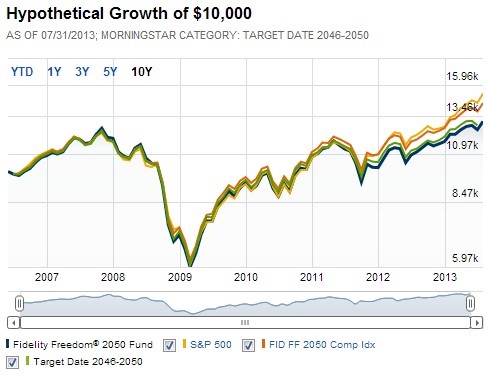How to Pick Great Mutual FundsKiplinger
Post on: 5 Июнь, 2015 No Comment

Keep your costs down, and don’t chase last year’s winners.
Editor’s note: This article appears in Kiplinger’s special issue Success With Your Money. Order your copy today for more advice on how to make the most of your money at every stage of life.
When you’re just starting out as an investor, all you need is an all-in-one fund, or at most a portfolio of two funds. Truth be told, that’s all you need when you’re older and wealthier, too. But if, along with a little extra cash, you also acquire a taste for investing, you can expand your portfolio with a more diverse group of funds.
It’s easy to founder along the way, however. Take Rich Tavis. An electronic-equipment salesman in Minneapolis, Tavis didn’t really have an investment plan. When he saw an attractive fund, he’d buy it, almost as if he were collecting shells on a beach. To be honest, I don’t think I had much of a strategy at all, says Tavis.
Recently, however, Tavis decided to mend his ways. He took some time to research his funds and sold a few duds in his portfolio. He began paying more attention to fees, eliminating all the funds that charge annual expenses of more than 1.5%. Like anything else important, I just had to make a priority of investing, says Tavis.
Advertisement
How much of a priority do you want investing to be? If you don’t have the time or inclination to study funds on your own, index funds are for you. Rather than trying to outperform the market, index funds mirror the performance of a group of companies that represent the market as a whole or a specific sector, such as Standard Poor’s 500-stock index. Index funds offer two big pluses: They’re virtually guaranteed to beat the average mutual fund over time, and they require almost no monitoring.
On the other hand, index funds lack the spice of funds that are actively managed by stock pickers who think they can do better than the market. Even though the average mutual fund manager fails, plenty of stellar managers do beat the market regularly.

Picking superior funds — whether they follow an index or are actively managed — is only half the battle. Just as important is putting together the right mix of investments. On the following pages you’ll find guidance on how to separate the great funds from the also-rans and how to assemble a portfolio that works like a well-conditioned team to help you reach your investment goals.
Mind your costs
If you pick funds on your own, stick with no-load funds. Load funds impose a sales charge that’s intended to compensate a broker or other professional for selecting funds for you. That’s an expense you don’t need if you’re going it alone.
And pay attention to a fund’s annual operating expenses, which are calculated as a percentage of the assets you have invested. For example, if you invest $10,000 in a fund with an expense ratio of 1.5%, you’ll pay $150 per year.
Every penny you pay in expenses is a penny that isn’t working for you. In any given year, you’ll find plenty of high-expense funds among the winners. But over longer periods, low-cost funds dominate the list of top performers. In general, avoid stock funds with an annual expense ratio of more than 1.5%. Limit your bond funds to those with an expense ratio of less than 1%.














